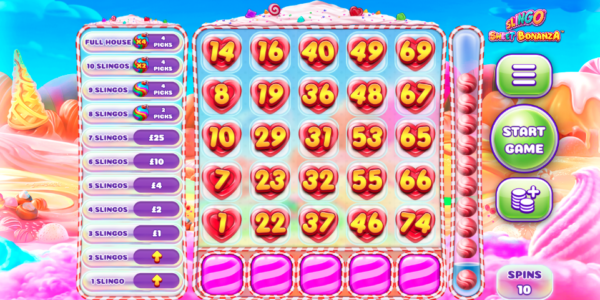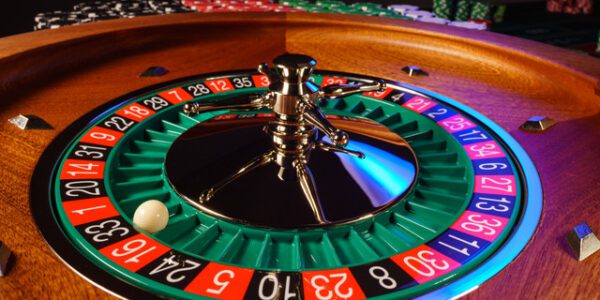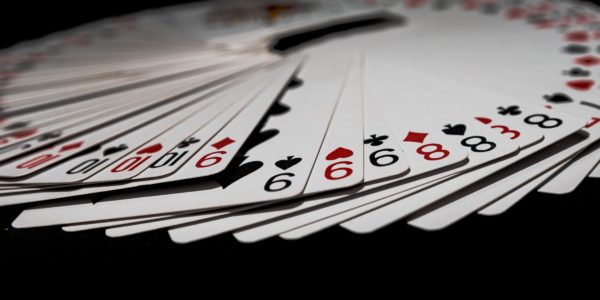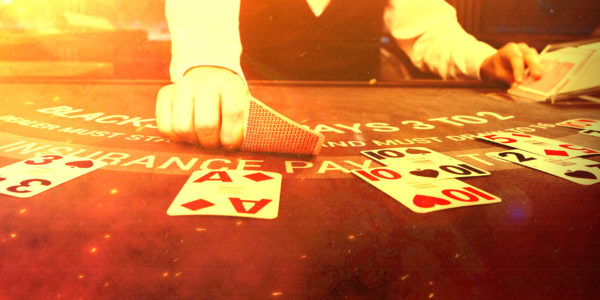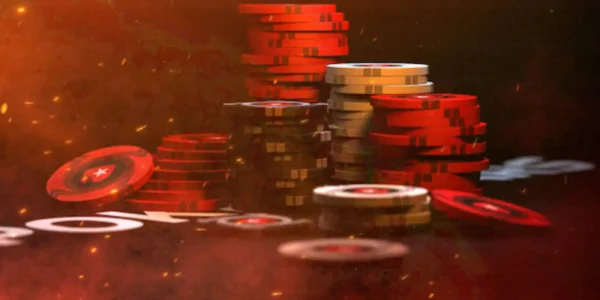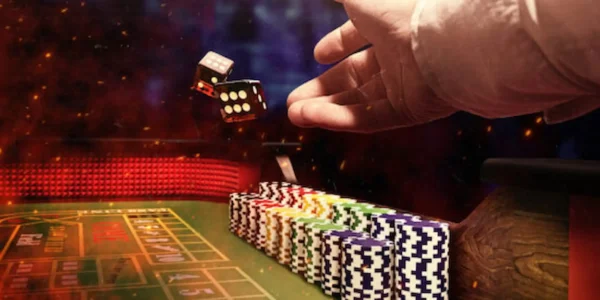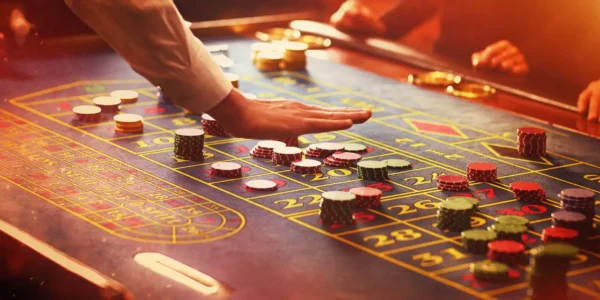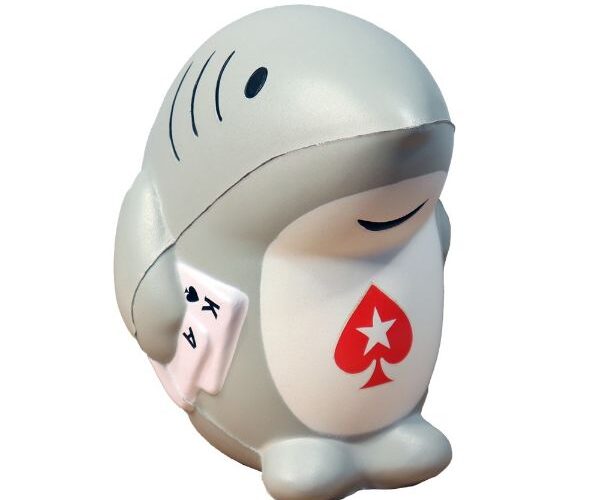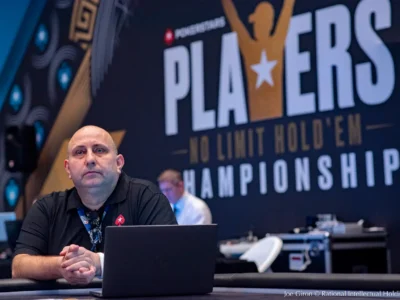Fan Tan: The Latest Live Casino Craze
The popular bead game of chance, Fan Tan, has Chinese origins and a rich, deep history. Although it has been played in both China and abroad for hundreds of years, the game has undergone a digital upgrade to hit Live Casino studios.
Before we dive deeper into the modern-day, live version it is important to understand and appreciate the heritage of the game.
Heritage of Fan Tan
Dating back to the Qing dynasty of almost 300 years (1644-1912), many suggest the popularity of Fan Tan rose from spiritual rituals geared around counting and dividing small objects, before evolving to the form of entertainment.
Primarily played in tea houses, gambling dens and village gatherings, its appeal came from the fact it had simple rules to follow and fair in its outcomes – no real house edge.
Fan Tan Live
Fan Tan Live is directly based on the original game which sees the banker deal a pile of beads onto a table labeled with four different sections. Players make predictions on the number of beads that will remain in the final line – from a single bead up to four.
Let’s lay that out for you like it is 17th century China:
The dealer (also known as a tan kun) will select a random number of small objects (beans, buttons etc) from a group of about 200 and place them under a cup.
The dealer will then rapidly remove the pile they didn’t take under the cup, in one swift motion.
On the square laid out in front of them, players will then place bets on how many objects they believe will be left after the pile is divided by four – the betting options are in each corner, either one, two, three or four (important to note in some versions it may show a zero to represent the four).
The tan kun will then remove four objects at a time until only one, two, three or four of the objects are left, therefore determining the winning wager.
In this Live version, players can choose between simple bets like single number wagers, in addition to odd, even, big, or small. There’s also the option to place more advanced Fan Tan bets such as Kwok or Ssh (Sheh-sam-hong) bets. Players will be able to easily see where these bets fall since they are clearly labeled on the table, outside of the numbered sections.
Betting Options
Again, let us lay those betting options out for you in more detail:
A Fan, also known as a single-number bet, is simply choosing whether the player believes the final number of objects will be one, two, three or four. The Fan is actually the worst bet to play in Fan Tan due to its one in four chance of winning but its 2:85:1 payout makes it one of the highest in the game.
A Tan, or a split bet, means the player has chosen to bet on two single numbers.
A corner bet, or Nga, is called when a player is edging their bets by choosing three of the four possible outcomes.
Ssh is known as a banker’s bet, and flips the game somewhat with the player selecting the single number they expect not to win.
Odd or even, big vs small are pretty self-explanatory with small meaning one or two and big siding with three or four.
Analysing the Data
Another feature of Fan Tan Live is the betting statistics which are displayed for the current game round and over 500 previous rounds. Here, players can see the exact numbers that emerged during gameplay, such as the most commonly wagered on position and the total amount bet.
Past outcomes, rightly or wrongly, play a significant role in the type of bets players make and numbers they choose in upcoming games.
Although all parties understand there is no link to previous outcomes and future ones, it is human nature to want to maximise your luck.
That being said, how those outcomes are viewed can be completely different i.e. if the last 10 games haven’t seen the number two win, some might view that as meaning two never happens in this game, whilst others will believe that the time of the two is coming.
In Fan Tan Live, three statistical data points are tracked and shown to the players:
The Fan bet result will breakdown the percentages from the last 500 games that each number won i.e. 33% victories for one, 17% for two, 49% for three and 1% for four.
The Odd/Even bet is also tracked with statistical context given.
The final board of stats available to the player is the outcome of the big versus small bets.


